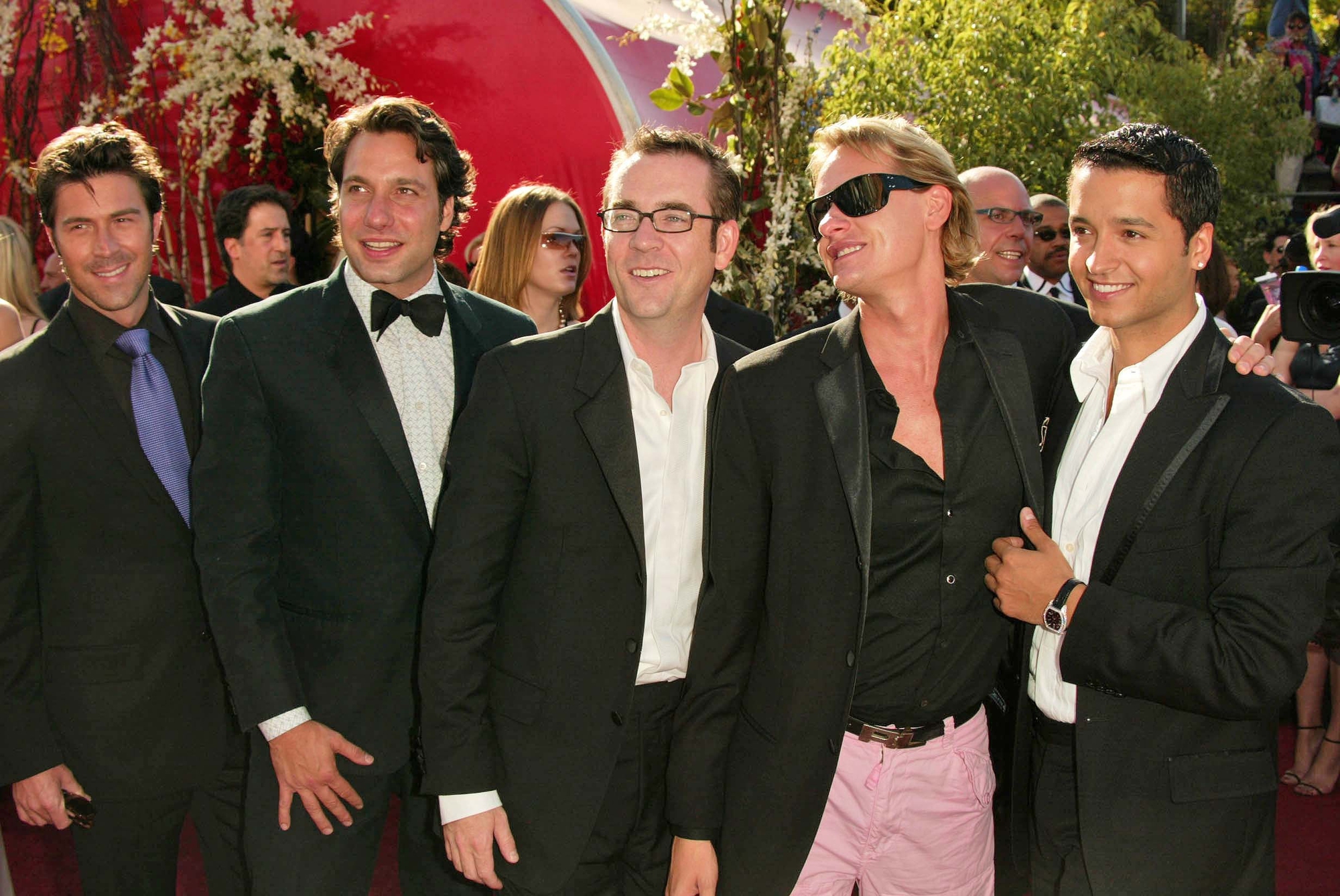How Viewer Trends Shape Logie Betting: What Past Voting Patterns Reveal About Category Winners

The annual Logie Awards represent Australia’s most prestigious television honors, celebrating excellence across the entertainment industry. While industry professionals and critics often debate artistic merit, betting markets have emerged as a fascinating lens through which to examine viewer preferences and predict outcomes. Understanding how audience trends influence these awards provides valuable insights into both television consumption patterns and the predictive power of public sentiment.
The Rise of Data-Driven Award Predictions
Television award ceremonies have traditionally been seen as unpredictable events, but the emergence of sophisticated betting markets has changed this landscape significantly. Bookmakers now analyze vast amounts of data, from social media engagement to streaming figures, to set odds that reflect genuine public interest rather than just critical acclaim.
The Logies present a unique case study because many categories rely heavily on public voting, making viewer sentiment a direct factor in determining winners. This democratic element means that betting odds often serve as an accurate barometer of public opinion, creating a feedback loop where viewer trends directly influence both the awards and the betting markets surrounding them.
Historical analysis reveals that successful betting predictions often correlate with shows that demonstrate strong audience engagement across multiple platforms. Programs that generate significant social media discussion, maintain consistent ratings, and appeal to younger demographics typically perform better than expected, even when facing more established or critically acclaimed competition.
Social Media Influence on Voting Patterns
The digital age has fundamentally transformed how viewers engage with television content and, consequently, how they approach Logie voting. Social media platforms have become powerful tools for mobilizing fan bases, with dedicated communities organizing voting campaigns that can significantly impact results.
Analysis of past Logie outcomes reveals a strong correlation between social media momentum and category victories, particularly in public-voted categories. Shows with younger, more digitally engaged audiences often outperform traditional ratings favorites, reflecting the changing demographics of active voters versus passive viewers.
This trend has created opportunities for savvy bettors who monitor social media sentiment alongside traditional metrics. Platforms like X, Instagram, and TikTok now serve as early indicators of voter enthusiasm, often providing more accurate predictions than conventional television ratings alone.
The viral nature of social media also means that last-minute momentum shifts can dramatically alter betting odds in the days leading up to the ceremony. Campaigns that successfully capture public attention through trending hashtags or celebrity endorsements can transform long-shot candidates into genuine contenders.
Demographic Shifts and Their Betting Implications
Australian television viewing habits have undergone significant changes over the past decade, with streaming services and on-demand content reshaping audience preferences. These demographic shifts have profound implications for Logie betting, as traditional assumptions about viewer behavior no longer hold true.
Younger audiences, who are more likely to participate in online voting, tend to favor content that aligns with contemporary values and diverse representation. This has led to surprising victories for programs that might not have dominated traditional ratings but resonated strongly with engaged voter segments.
The aging of traditional free-to-air television audiences has created a disconnect between shows that perform well in ratings and those that generate voter enthusiasm. Betting markets have adapted to recognize this gap, often favoring programs with passionate niche audiences over broad but passive viewership.
Regional viewing patterns also play a crucial role in shaping outcomes. Shows that perform particularly well in urban markets or specific demographic segments can leverage concentrated support to overcome broader but less intense competition, creating value opportunities for informed bettors.
Category-Specific Trends and Patterns
Different Logie categories exhibit distinct voting patterns that reflect varying levels of public engagement and industry influence. Drama series and reality television often see more volatile betting markets due to their passionate fan bases, while news and current affairs categories tend to follow more predictable patterns based on professional recognition.
The Most Popular Personality category, being entirely public-voted, serves as the clearest example of how viewer trends translate into betting opportunities. Historical analysis shows that personalities who maintain active social media presence and engage regularly with their audience significantly outperform those who rely solely on on-screen presence.
Entertainment and comedy categories frequently reward programs that create cultural moments or generate significant online discussion. Shows that produce quotable content or viral moments often see their betting odds improve dramatically as the ceremony approaches, reflecting the public’s tendency to vote for content that has become part of broader cultural conversation.
Technical categories, while less influenced by public voting, still reflect industry trends that savvy bettors can identify. Innovation in production values, particularly in areas like cinematography and sound design, often correlates with broader industry movements toward premium content creation.
The Future of Logie Betting and Viewer Analysis
As television consumption continues to evolve, the relationship between viewer trends and Logie betting will likely become even more complex. The rise of global streaming platforms and international content creates new variables that traditional prediction models must incorporate.
Understanding these evolving patterns requires continuous adaptation and sophisticated analysis of multiple data streams. Successful betting strategies increasingly depend on recognizing early indicators of shifting public sentiment and identifying programs that connect with emerging audience preferences.
The intersection of viewer trends and betting markets ultimately reveals deeper truths about Australian television culture and the changing nature of entertainment consumption. As audiences become more fragmented and diverse, the Logies and their associated betting markets will continue to serve as valuable indicators of what resonates with contemporary viewers.






